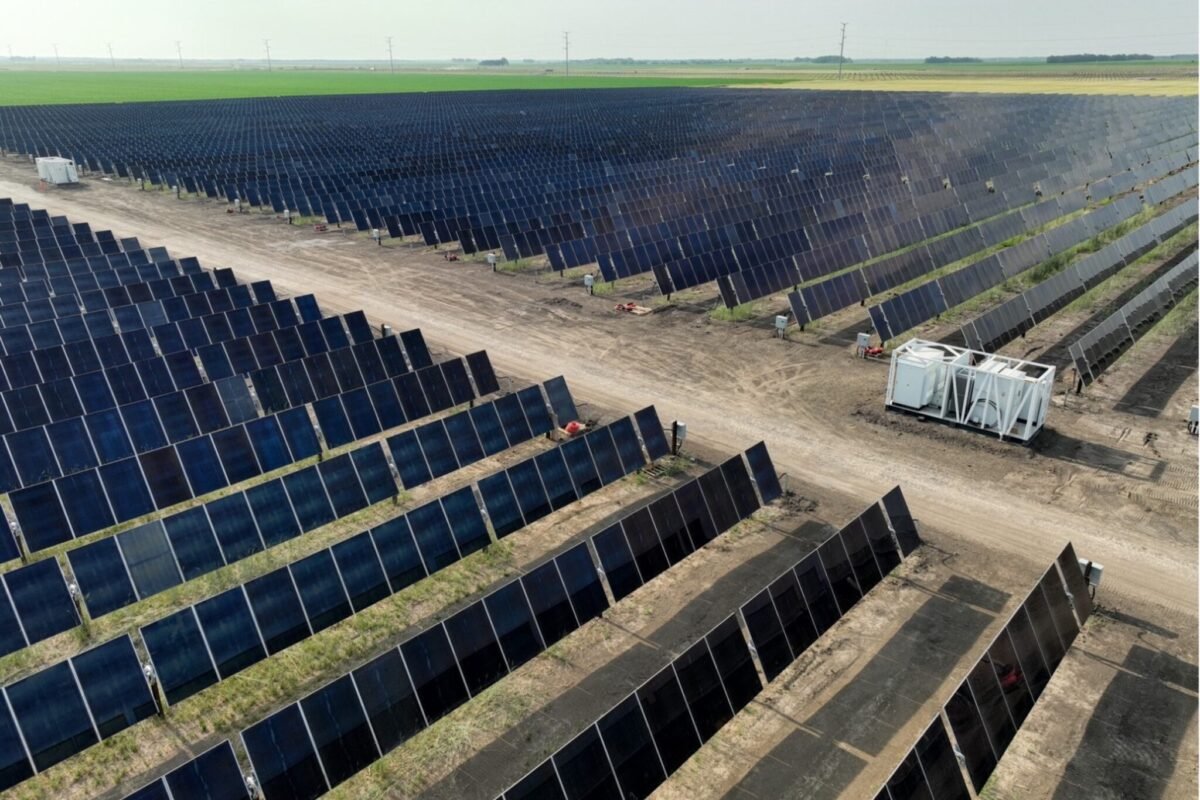Several utilities have proposed hydrogen-capable generating units in their resource plans, a research center reports. But hydrogen projects face hurdles such that they “may not work” and conflict with renewables, another research group says.
The NC Clean Energy Technology Center has reported that “increasingly,” utilities are proposing “unspecified ‘clean dispatchable’” generation in their resource plans, with “the most common example” being hydrogen-capable gas combustion units.
The center also reported that U.S. utilities that have recently filed integrated resource plans expect to add 92 GW of solar, 50 GW of wind, and 42 GW of methane gas units. The center did not publicly evaluate whether the amounts of solar and wind for those utilities, over the 15 to 20 years typically covered by a resource plan, could be seen as good news or a disappointment.
As for “clean dispatchable” capacity, the report lists several utilities proposing such projects: Evergy in Kansas and Missouri, Ameren Missouri, PacifiCorp, and Xcel Energy in the Upper Midwest.
One timeline for reaching 100% hydrogen power has been announced by developers of a pioneering project in Utah that is projected to use 30% hydrogen by volume mixed with 70% methane by 2025, and to reach 100% hydrogen by 2045.
Yet a report from the Institute for Energy Economics and Financial Analysis (IEEFA) says “it takes a lot of hydrogen” by volume to cut carbon dioxide emissions. That’s because hydrogen has a lower energy density than methane.
A hydrogen concentration of 50% by volume yields only a 24% emissions reduction, according to calculations by SS&A Power Consultancy cited by IEEFA, and a concentration of 93% is needed to reduce emissions by 80%.
The same calculations show that until 77% hydrogen by volume is reached, “hydrogen-capable” generating units will be powered primarily with methane.
Unknown costs
The IEEFA report documents proposals for “hydrogen-ready” projects from utilities and merchant developers in 18 states.
While the costs of wind, solar and storage are known today, the report says the ultimate cost of any “hydrogen-capable” gas project will not be known for years.
Hydrogen-related power projects, the report says, “require significant additional investments that will be extremely costly for ratepayers, may not actually work and will conflict with readily available and cheaper renewable options.”
The report sees “three key hurdles” that will “slow and perhaps entirely halt the widespread use of hydrogen as a replacement for methane” in turbine generators: inadequate hydrogen supply, a lack of pipeline infrastructure to transport hydrogen, and a lack of capacity to safely store hydrogen.
The pioneering Utah project has addressed those hurdles by co-locating green hydrogen production, hydrogen storage in salt domes, and gas combustion turbines.
The IEEFA report said state regulators should require utilities to compare the costs of hydrogen projects with costs of zero-carbon resources including renewables, battery storage, efficiency and virtual power plants.
Blending high levels of green hydrogen into methane, the report says, that “would consume vast amounts of renewable energy that would be better used directly to replace existing fossil fuel generation.”
Green hydrogen’s role
The policy consultancy Energy Innovation found last year that production of green hydrogen for industrial use can be profitable in much of the US, but did not evaluate hydrogen’s use for electricity production.
Current industrial uses of hydrogen include production of ammonia, largely for fertilizer, and oil refining. Ammonia could also be used as a fuel for shipping. The Green Hydrogen Coalition says that green hydrogen could also decarbonize the production of steel and cement.
The public version of the NC Clean Energy Technology Center’s report is titled “50 States of Power Decarbonization: Q2 2024 Quarterly Report Executive Summary.” The full report is available free to state policymakers and regulators, and to others for a fee.
The IEEFA report is titled “Hydrogen: Not a solution for gas-fired turbines.”
This content is protected by copyright and may not be reused. If you want to cooperate with us and would like to reuse some of our content, please contact: editors@pv-magazine.com.


